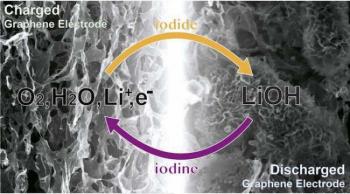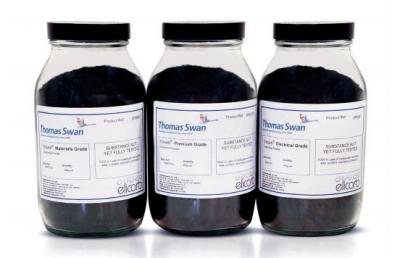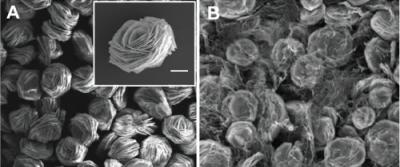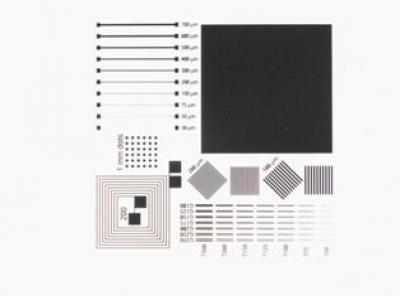International tire manufacturer Vittoria added graphene to the rims of the Qurano series last year, and now Vittoria has further embraced graphene technology by incorporating it into its latest range of 2016 tires, referred to as the Intelligent Tire System (ITS).
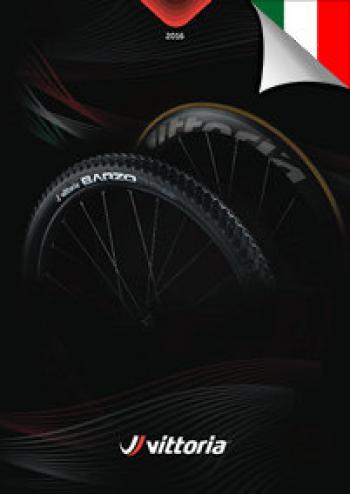
Like before, Vittoria has worked with Directa Plus, an Italian manufacturer of graphene, to develop its line of new tires, which the company defines as an innovative leader in the cycling world. Vittoria’s compound expertise and knowledge of tire construction contributes strongly to the quality and performance of the tires, but the company states that graphene is responsible for slowing down wear significantly and gives the products an edge that allows it to reach a whole new level. The combination of graphene and rubber can be made very stiff and rigid when it’s not forced to work (roll fast when going straight at a steady pace), whereas the flexibility allows the rubber to enhance the grip while the biker corners/accelerates/breaks. Vittoria states that graphene affords their tires with more grip in the wet, more puncture resistance, better durability and lower rolling resistance, as much as 19% in the Corsa, and up to 40% in the Corsa Speed, a tire designed to allow maximum speed.

